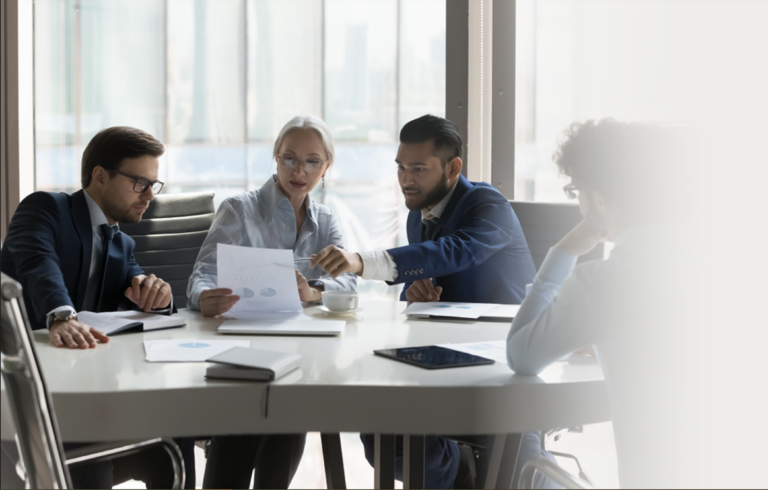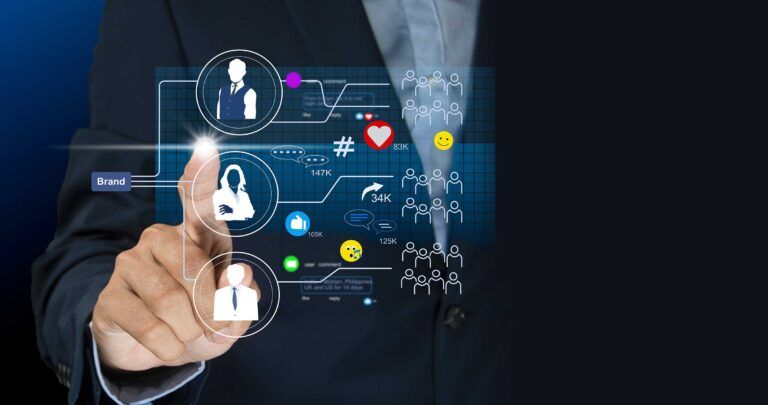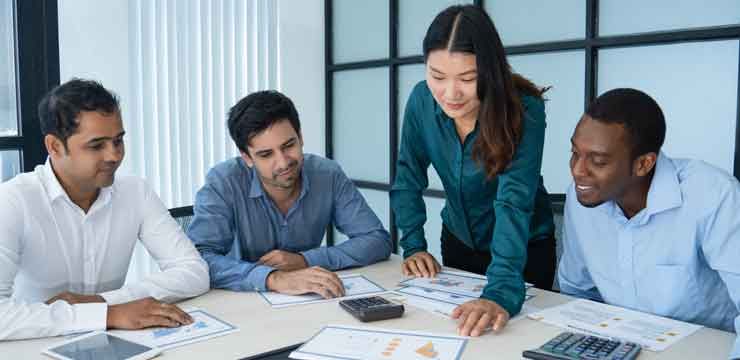What is Customer Centricity? How Can it Benefit Your Business?

- What is Customer Centricity?
- Why is Customer-Centricity Important to Your Business and Brand?
- Challenges of Becoming Customer-Centric
- Best Practices to Becoming Customer-Centric
- Characteristics of a Customer-Centric Approach
- How to Measure the Success of a Customer-Centric Company?
- Customer Centric vs Product Centric: What’s the Difference?
Companies today place a lot of importance on meeting customers’ expectations. According to Forrester, 95 per cent of CEOs think that offering excellent customer service is a key strategy for their business. Customer experience is the best differentiator between good and not-so-good businesses. Good businesses focus on customer-centricity, which helps them survive longer than their competitors. But what is customer centricity? How does it affect the core foundation of the business? Let’s take a look.
What is Customer Centricity?
Customer centricity is the capacity of people inside a business to comprehend the circumstances, viewpoints, and expectations of consumers. In order to generate customer pleasure, loyalty, and advocacy, customer centricity mandates that the customer should be at the center of all choices relating to the delivery of products, services, and experiences. Moreover, businesses use customer-centricity to generate brand loyalty amongst customers, which helps them stay in the market and have a loyal consumer base for their business. Now that you have an answer to the question of what is customer centricity, let’s understand its importance.
Why is Customer-Centricity Important to Your Business and Brand?
 Your brand’s success depends on how satisfied and happy your consumers are. In fact, your customers will always be your company or brand’s ultimate decision-maker. To put this into perspective, consider who you frequently purchase from and why. Why do you keep going to them when you are aware that there are ‘n’ number of potential solutions to the identical problem? What makes you stick by them?
Your brand’s success depends on how satisfied and happy your consumers are. In fact, your customers will always be your company or brand’s ultimate decision-maker. To put this into perspective, consider who you frequently purchase from and why. Why do you keep going to them when you are aware that there are ‘n’ number of potential solutions to the identical problem? What makes you stick by them?
When we consider these factors, we see how important brand loyalty is. We begin to trust brands as if they were an extension of our identity. When these things occur, even a tiny breach of that trust on their part might damage our connection with that company, and we might never look back. According to PwC, one in three customers will stop doing business with a company or brand after only one negative experience. This demonstrates the significance of the client experience.
Challenges of Becoming Customer-Centric
1. Employees Lack the Authority to Prioritize High-Value Interactions
Employees giving personalized, meaningful support to clients would be an exceptional development in customer centricity. However, the truth is that workers in customer service are frequently overburdened with tedious and repetitive tasks. They need help to handle more complex problems and provide memorable customer service as a result.
2. Data Collecting is Not Considered While Designing Products or Services
Brands require access to client information in order to provide customized, customer-centered experiences. However, it is necessary to plan services and activities in a way that this data is gathered up front.
3. Customers are Not Treated as Unique Individuals
Customer research and market research are too frequently mixed together. They are not, however, the same. Customer research tries to understand consumers as unique people, as opposed to market research, which divides them into broad categories. In fact, a barrier to customer-centricity is this lack of comprehension. Businesses face the danger of ignoring certain clients, target markets, or clients that need more to proceed.
Best Practices to Becoming Customer-Centric
A company can follow these steps to become customer-centric:
Step 1: Spend Money on Customer Service
Customer assistance is seen as an income generator by customer-centric businesses. Moreover, the expansion of a business is driven by its support staff. You must allocate resources to your support personnel to ensure that the staff isn’t constantly working to clear customer queues.
Step 2: Ask for Consumer Feedback Proactively
Being customer-centric involves listening to consumers on a regular basis. Lacking a method for routinely gathering client input makes it difficult to know how to enhance the customer experience. A customer-centric business will capitalize on the reality that its consumers frequently know what they want and work toward it.
Step 3: Create a Business Structure That Supports Customer Centricity
Making a firm employee-centric is the first step in building a customer-centric business. Customer centricity becomes a natural part of how your business runs when employees are paid well, not overburdened with tasks, and most importantly given the right training to deal with consumers. A business structure focusing on customers would ensure growth and sustainability in the long run.
Characteristics of a Customer-Centric Approach
 What is customer centricity like in action? Let’s define the characteristics of a customer-centric approach:
What is customer centricity like in action? Let’s define the characteristics of a customer-centric approach:
- Going above and beyond to create brand ambassadors
- The company is focused on creating value for customers
- Looking for soft skills during the recruitment process
- Transparency with consumers is key
- Employee well-being is prioritized
How to Measure the Success of a Customer-Centric Company?
The success of a customer-centric company can be measured with these three practices:
1. Churn Rate
The rate at which consumers cease doing business with a firm during a predetermined time period is known as the churn rate, often referred to as the attrition rate. The number of customers that discontinue their subscriptions or do not renew them may also be considered churn. In addition, the more clients that cease making purchases from your company, the greater your churn rate.
2. Net Promoter Score (NPS)
A common market research indicator known as Net Promoter Score (NPS) asks respondents to assess how likely it is that they would refer a business, a product, or a service to a friend or coworker.
3. Customer Lifetime Value (CLV)
CLV is a metric used to describe how much money a company can anticipate making from a typical customer during the duration that person or account stays a customer. It’s better to consider both the total average profit and the total average revenue that a client generates when calculating CLV.
Customer Centric vs Product Centric: What’s the Difference?
Product-Centric Company
Product-centric refers to a business that prioritizes the specifics of its products over all other factors, including the needs of its clients. You are running a product-centric business if you have determined that there is a market need for your product. For instance, it implies that your team will put its full attention towards enhancing your product to ensure that it meets an unmet demand among buyers.
Customer-Centric Company
One of the key trends in the corporate sector is the increasing focus on the customer. Moreover, organizations are becoming more and more aware of the value of a customer-centric mindset. Being customer centric requires development in customer centric technology too. In fact, according to Statista, global spending on customer experience (CX) technology was predicted to rise from roughly $500 billion in 2019 to over $640 billion by 2022. This only emphasizes the point that customer centricity in business is vital.
As businesses continue to flourish, more brands need to ask themselves what is customer centricity and base their business philosophies on the same. To learn more, explore Emeritus online sales and marketing courses.
Write to us at content@emeritus.org





